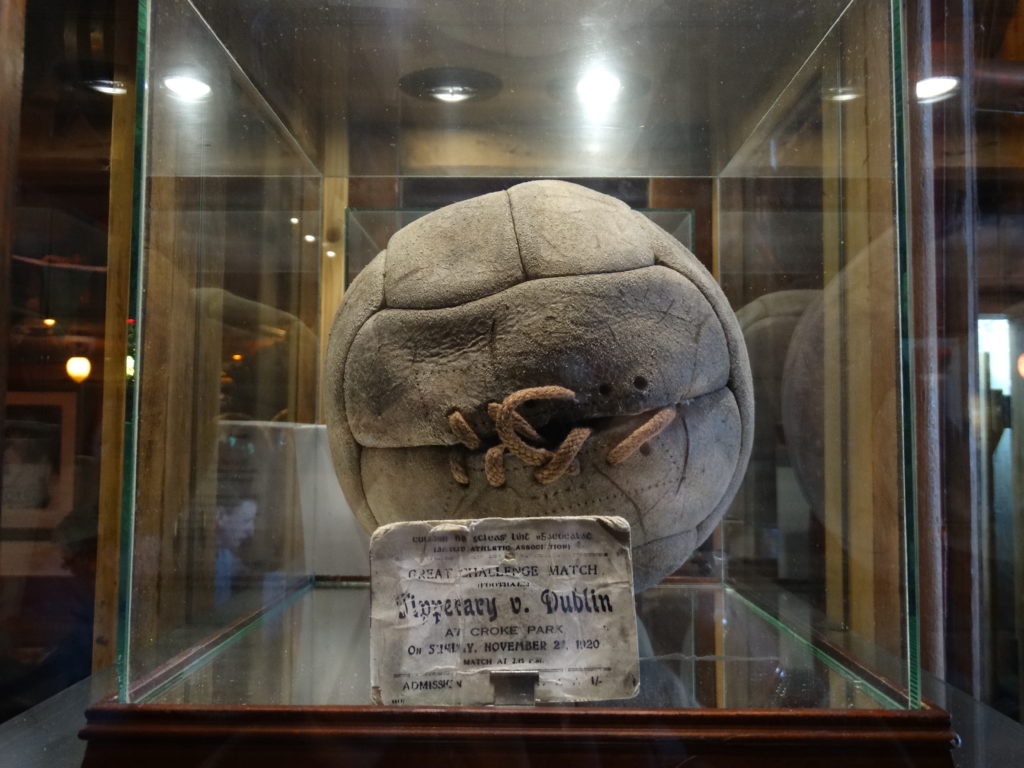On the morning of 21st November 1920, the IRA carried out attacks in an attempt to destroy British intelligence services in Ireland. 3 separate attacks occurred killing 30 people within 15 hours. These attacks are known as Bloody Sunday.
The first attack, organised by Michael Collins, aimed at assassinating the Cairo Gang – a group of undercover British intelligence agents in Dublin. The attack killed and fatally wounded 15 people.
The Dublin Gaelic football team were scheduled to play Tipperary that afternoon in Croke Park. News of the killings reached Croke Park early that morning.
Luke O’Toole, Secretary-General of the GAA, spoke with members of the GAA and Leinster Council. They all expected more attacks and believed Croke Park could be a target. O’Toole decided to continue with the match as he believed if the match was cancelled because of the killings, the GAA would be acknowledging the impact on their organisation of a violent political act.
Later that afternoon, members of the Auxiliary Division and Royal Irish Constabulary opened fire on the crowd in Croke Park. The attack killed and fatally wounded 14 people and wounded another 60.
Bloody Sunday marked a decisive turning-point in the struggle between the British military forces and he IRA.
An Poitin Stil holds the ball that was used during the Dublin V Tipperary Gaelic Football match.

